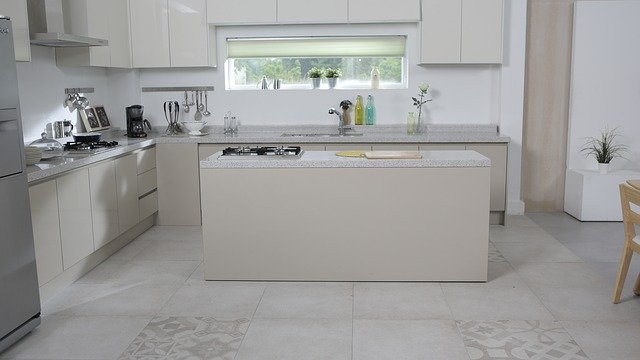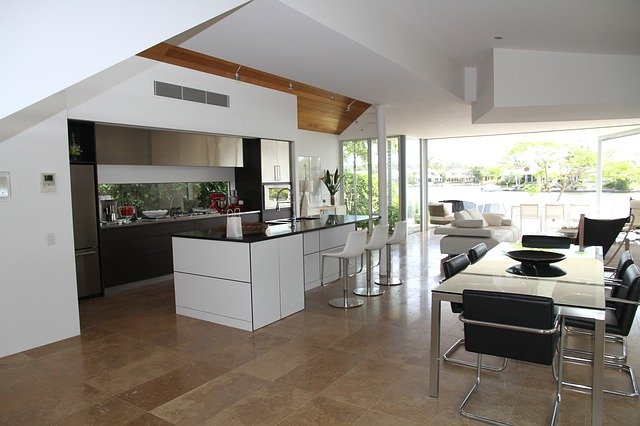In short, dry flooring is two layers of special structural gypsum board laminated together all the way around.
Why do you need an insulation layer under the floor?
– To increase the durability of the material
– To increase the safety and stability of the building
– To increase the technical characteristics of the building
What are the different types of insulation layer substrates?
– Dry leveling screed
– Wood fiberboard
– Stabilized treated polystyrene subfloor
– Mineral insulation
These floors are also suitable if hot water or electric floor heating is chosen.
Why choose dry floors and what are their advantages?
– Light weight and low opacity
– Quick installation and no process interruption
– Easy surface repair or replacement
– Flat installation
– Floors are soundproof
– Good indoor humidity control
– Economically advantageous [38
– Excellent acoustic properties
– Moisture resistant
– Easy to install
– Easy to install
– Easy to install floor heating
How is the floor installed?
First lay the geotextile and attach it to the wall. Unevenness should be flattened with a sub-base. Lay a spreader board over this layer,face to the sub-baseand back to the ceiling. On top of this spreader board, lay a layer of fiberboard step insulation, preferably two layers. The first layer should be laid face down, starting at the corners of the room. Boards are laid across the jointsof the crotch insulation with a minimum overlap
of 250 mm . [The second layer of boards is gluedto the top surface of the first layer of boards. Boards are stapled with spacer staples. If the setting adhesive breaks off between joints, cut with a spatula.66] If laying thick flooring materials such as carpet,parquet,floating, floor,wood, floor [74